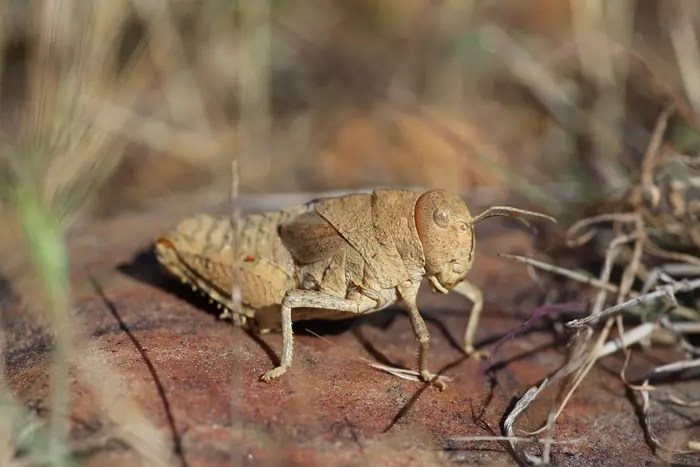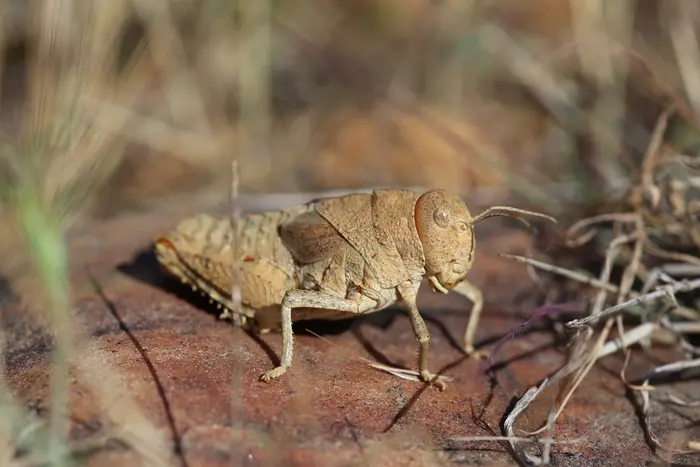A new analysis of 14,669 threatened species of plants and animals found in Europe reveals that about one fifth face the risk of extinction, and that agricultural land-use change poses a significant threat to these species. Axel Hochkirch of the Musée National d’Histoire Naturelle, Luxembourg, and colleagues present these findings in the open-access journal PLOS ONE on November 8, 2023.

Credit: Axel Hochkirch, CC0 (https://creativecommons.org/publicdomain/zero/1.0/)
A new analysis of 14,669 threatened species of plants and animals found in Europe reveals that about one fifth face the risk of extinction, and that agricultural land-use change poses a significant threat to these species. Axel Hochkirch of the Musée National d’Histoire Naturelle, Luxembourg, and colleagues present these findings in the open-access journal PLOS ONE on November 8, 2023.
The variety of species of living things—biodiversity—is declining around the world, as more and more species face the risk of extinction. Many efforts, including some by governments and nonprofit organizations, aim to reduce the loss of biodiversity. The success of these efforts relies on a comprehensive understanding of threats to different species in different locations.
To help deepen such understanding, Hochkirch and colleagues conducted an analysis of all 14,669 species of European vertebrates, invertebrates, and plants included in the International Union for Conservation of Nature’s Red List of Threatened Species, which is widely considered to be the most comprehensive source of extinction threat information. These species account for about 10 percent of all animals and plants found on land or in freshwater or marine environments in Europe.
The researchers found that about 19 percent of the 14,669 species face the threat of extinction, including 27 percent of plants, 24 percent of invertebrates, and 18 percent of vertebrates. While conservation attention tends to focus on vertebrates, this analysis suggests that the proportion of invertebrates at risk of extinction greatly exceeds the latest estimates from the Intergovernmental Science-Policy Platform on Biodiversity and Ecosystem Services—an international organization involving dozens of member countries.
The analysis also reaffirms major threats to European biodiversity, including changes in agricultural land-use resulting in loss of habitats, overexploitation of biological resources, pollution, and residential and commercial development.
These findings could serve as a baseline for measuring the progress of efforts to counter biodiversity loss. The researchers also call for further action and investment in such efforts, while also highlighting areas where additional research could help guide them. They note that biodiversity is essential for food security, wealth generation, and the future wellbeing of European people.
The authors add: “This comprehensive analysis of 14,669 continental Red List assessments for European animal and plant species suggests that 2 million plant and animal species are threatened with extinction. This result doubles the latest IPBES assumption of 1 million threatened species.”
#####
In your coverage please use this URL to provide access to the freely available article in PLOS ONE: https://journals.plos.org/plosone/article?id=10.1371/journal.pone.0293083
Citation: Hochkirch A, Bilz M, Ferreira CC, Danielczak A, Allen D, Nieto A, et al. (2023) A multi-taxon analysis of European Red Lists reveals major threats to biodiversity. PLoS ONE 18(11): e0293083. https://doi.org/10.1371/journal.pone.0293083
Author Countries: Luxembourg, Germany, Belgium, UK, Switzerland, Italy, South Africa, Portugal, USA, Taiwan, Bulgaria, Canada, Ireland, Cyprus, The Netherlands, Australia, Spain, Finland, France, Latvia, Austria
Funding: The European Commission (EC) has funded all European Red List projects. Co-funders of some of the assessments were National Parks and Wildlife Service, Republic of Ireland; Ministry of Economic Affairs, Department of Nature & Biodiversity (Ministerie van Economische Zaken, Directie Natuur & Biodiversiteit), the Netherlands; Council of Europe; Office fédéral de l’environnement, Switzerland; Swedish Environmental Protection Agency (Naturvardsverket), Sweden; British Entomological Society, United Kingdom; Ministry of Sustainable Development and Infrastructure, Government of the Grand-Duché of Luxembourg; Ministry of the Environment of the Czech Republic; and ArtDatabanken from the Swedish University of Agricultural Sciences. The funders had no role in data collection and analysis, decision to publish or preparation of the manuscript, but the funding decisions determined the taxa that have been assessed.
Journal
PLoS ONE
DOI
10.1371/journal.pone.0293083
Method of Research
Observational study
Subject of Research
Animals
Article Title
A multi-taxon analysis of European Red Lists reveals major threats to biodiversity
Article Publication Date
8-Nov-2023
COI Statement
The authors have declared that no competing interests exist.





